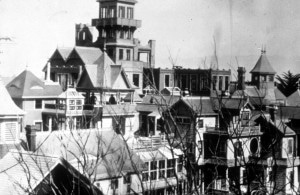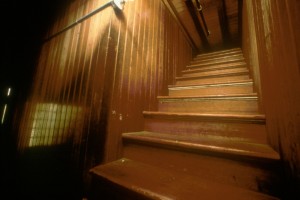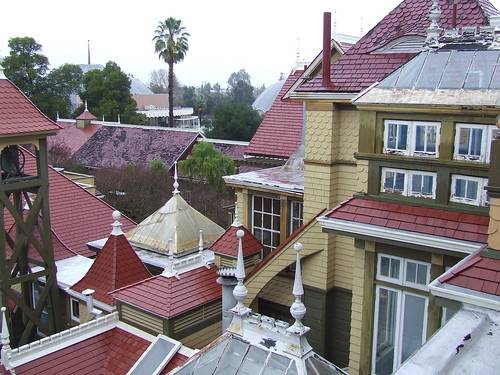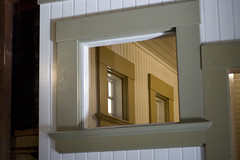Larry Brooks, “the story fixer,” had a recent post that really got me thinking about this—Story Structure vs. Story Architecture: “Dude… what’s the diff?”
All stories, says Brooks, have structure. And, to employ my own analogy, so do all buildings. But not all buildings are created equal:



You might recognize this place, or the legend behind it. The owner believed that her house must be under construction always, or she would die. But they couldn’t use a master building plan.
Considering that, the Winchester Mystery House is pretty well-built. Yeah, it has stairs that lead to nowhere and doors that open out from the second floor (no stairs on that one—maybe move those first stairs over there?). It’s fun—it’s a blast to explore, and I bet Sarah Winchester had an awesome time throwing in every element she could think of.
 It has a decent foundation—instead of leveling it, the 1906 San Francisco earthquake only knocked off the top three stories. After the quake it stood four stories. The remaining structure is a rambling, 160-room, 4.5-acre mansion. It required more than 20,000 gallons of paint—and it constantly needed painting.
It has a decent foundation—instead of leveling it, the 1906 San Francisco earthquake only knocked off the top three stories. After the quake it stood four stories. The remaining structure is a rambling, 160-room, 4.5-acre mansion. It required more than 20,000 gallons of paint—and it constantly needed painting.
I think we’ve all gotten to the end of a story, looked back and seen our own Winchester Mystery Structure. The Winchester Mystery House has structure. In some sense, it has architecture—but not really. There is no plan, and the closest thing they had to a designer (architect) was a crazy woman.
And “rambling” is right. Dead ends, doors and promises that go nowhere, accidental MacGuffins. . . . After round 28,657 of revisions, I got tired of writing stories that looked like they were designed by a crazy woman.
What do you think? Have you ever written a “Winchester Mystery Story”?
Photo credits: exterior shot and stairs to nowhere courtesy of the Winchester Mystery House; rooves—the_photographer; windows to windows—Emily Hoyer
